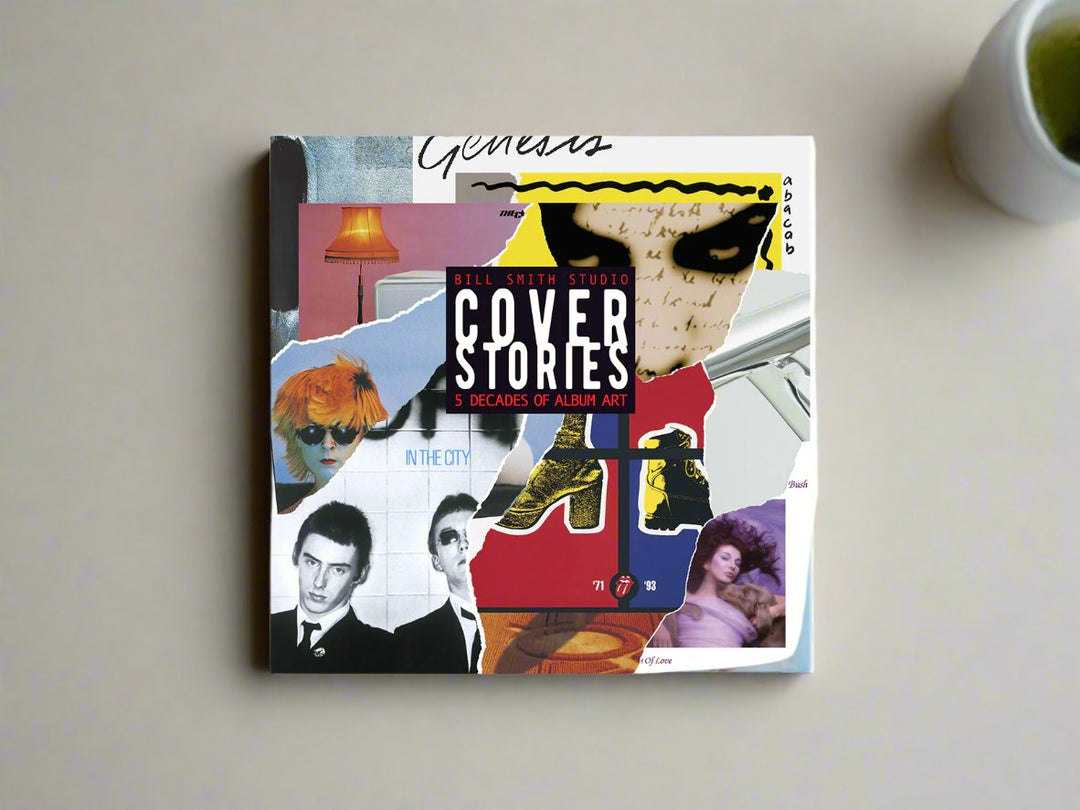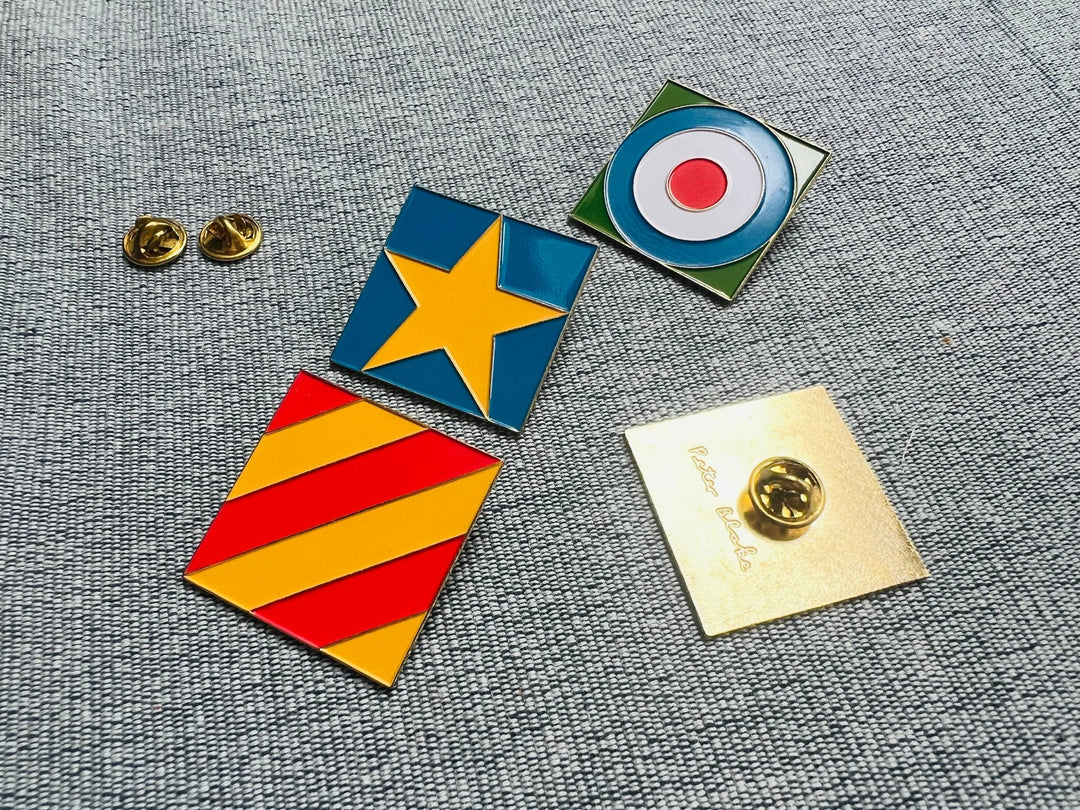Trevor Key created some of the most distinctive and lasting imagery to be found in music packaging.
Born in Hull, Yorkshire in 1947, Trevor Key attended Hull College of Art in the early 1960s. In 1966 Key was working at a photographic processing company and took his first professional role, as Official Photographer for Butlins Skegness, during his summer holidays.
He moved to London in 1968 and soon after became the assistant to the still-life photographer Don McAllester, helping on the Rolling Stones Let It Bleed cover shoot. He won the often baffled admiration of his colleagues. Just how had he achieved a particular technique?
In the 1970s
Together with Brian Cooke and as Cooke Key Associates, he became the de facto design department for the emergent Virgin Records. During this time he created the iconic album sleeve for Mike Oldfield’s Tubular Bells. Although that is arguably his most famous design, his creative genius graced the records of host of musicians including Peter Gabriel, Joy Division, the Sex Pistols, Ultravox, Phil Collins, Roxy Music, Wham!, China Crisis, System 7, Orchestral Manoeuvres in the Dark, and New Order.
World music and photography critic Sue Steward said of Key that
"He won the often baffled admiration of his colleagues. Just how had he achieved a particular technique?"
Key moved with the musical times, from prog rock to punk to indie. He worked with Jamie Reid for the Sex Pistols and with Peter Saville at Factory Records. Pushing the boundaries of what was possible with the photographic process, he invented a system in the mid-1980s he called Dichromat, first seen on the sleeve of New Order's single True Faith in 1986.
Peter Saville remembers
"I needed a flower, looking almost like an X-ray, a direct image but without the connotations. Trevor came up with a leaf which we used on New Order's sleeve for True Faith, and we used that technique until 1990."
Key's tragic death in 1995 cut short the life of a man who brought ‘magic eyes’ to the world of album cover design.







